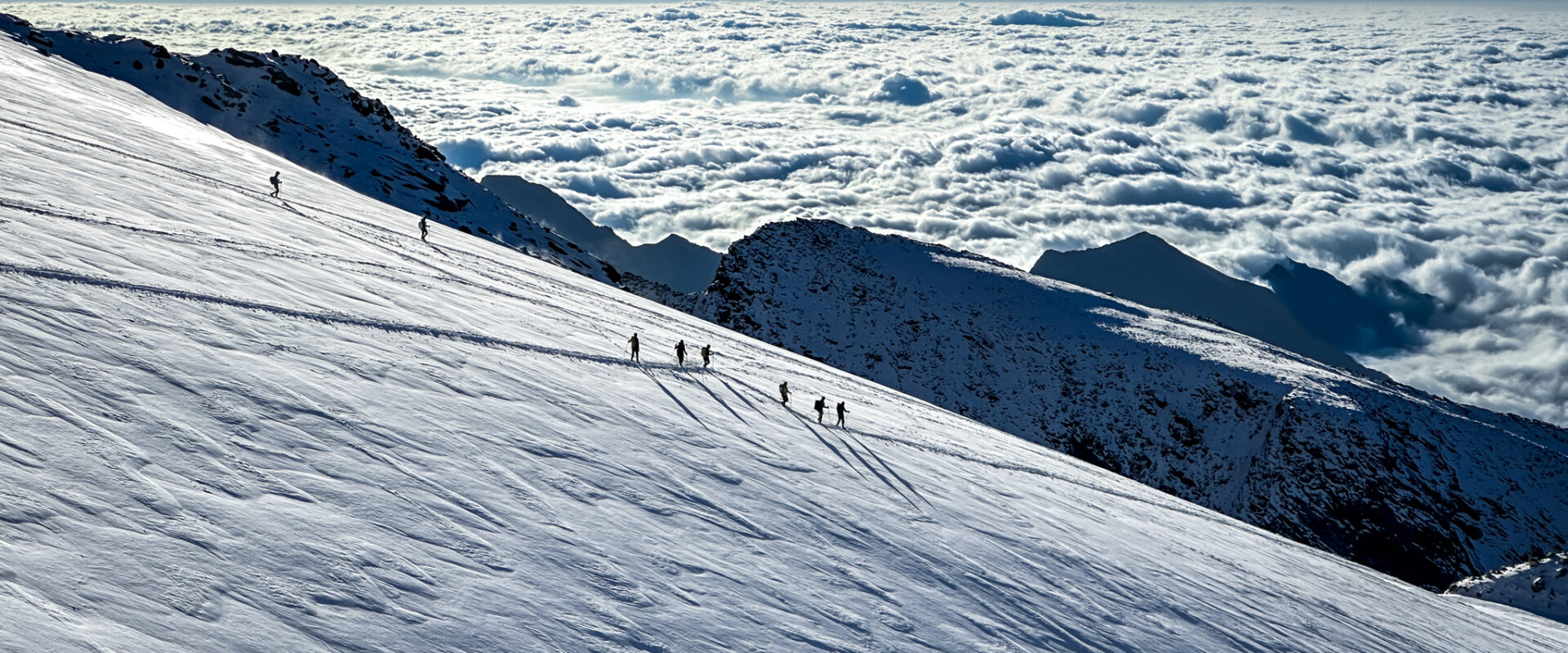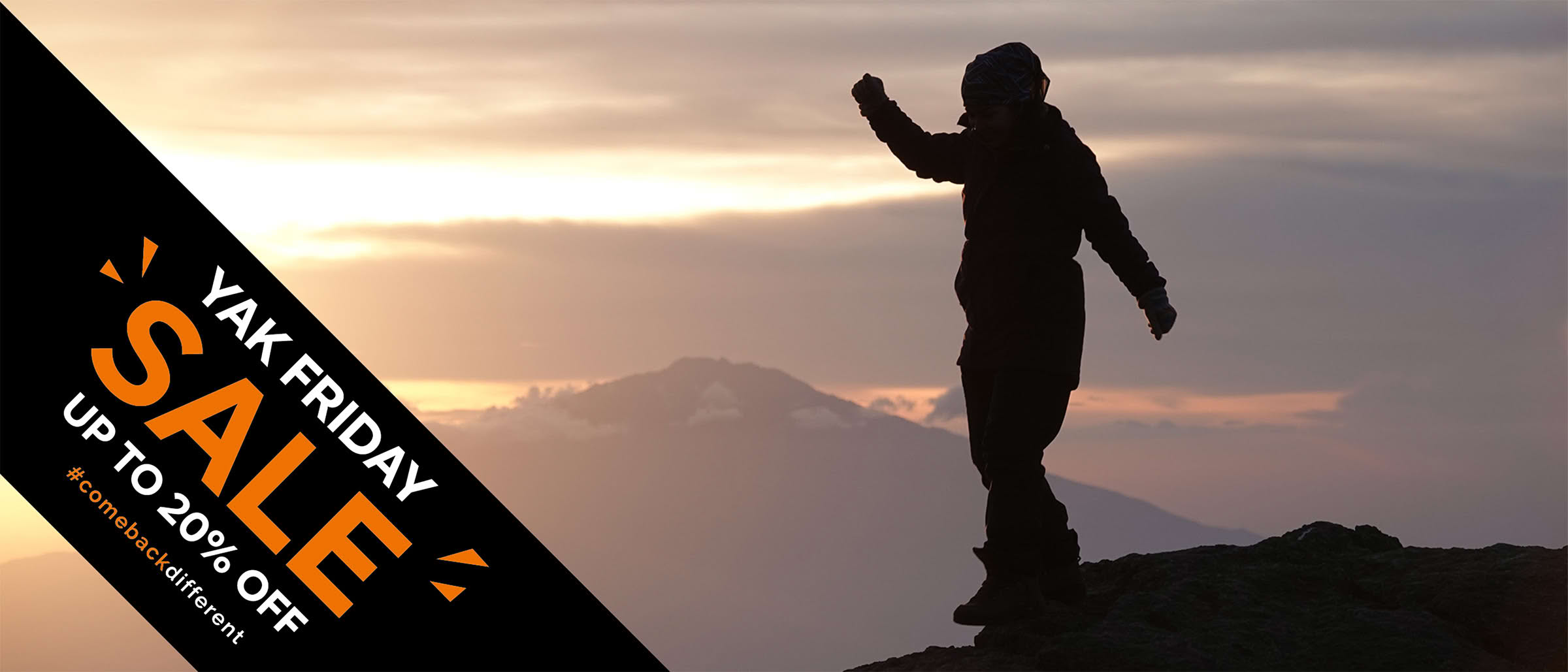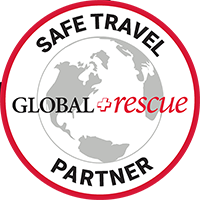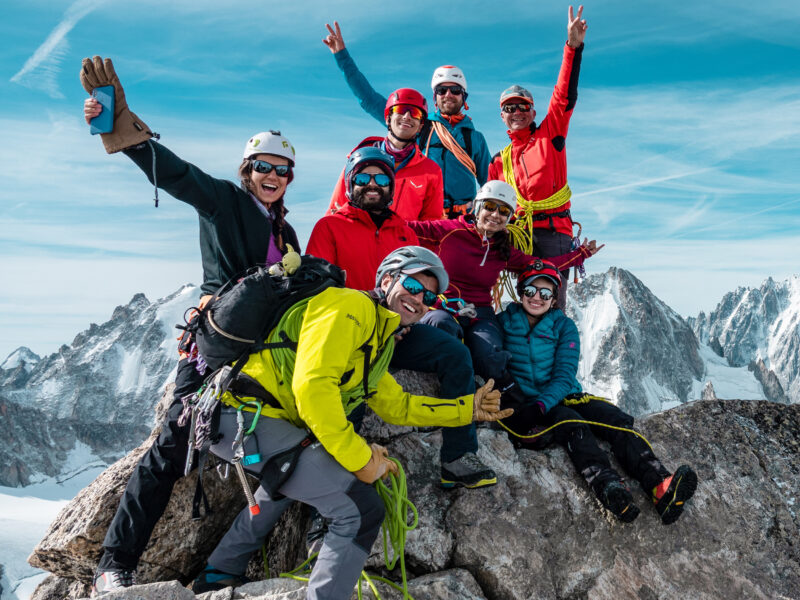BY Rami Rasamny | May 15 2025
The Beginner’s Guide to Mountaineering

Mountaineering is more than just hiking higher. It’s about learning how to move safely and confidently in challenging, technical terrain where ropes, crampons, and ice axes are part of the journey. Unlike regular trekking, which typically involves walking on marked trails, technical mountaineering combines endurance, skill, and mountain sense to ascend rugged peaks—often over rock, ice, and snow.
So how do you start mountaineering if you’ve never strapped on a harness or stood on a glacier? The good news: you don’t have to go in blind. This guide will help you understand the basics, find your path, and build a meaningful and sustainable relationship with the mountains.
What Is Mountaineering?
Mountaineering refers to the sport of climbing mountains using a combination of hiking, scrambling, rock climbing, and ice climbing skills. While trekking might get you close to dramatic landscapes, mountaineering gets you into them—often requiring technical equipment, alpine training, and decision-making under pressure.
It’s important to note: not all mountaineering involves summiting the tallest peaks. Some of the best beginner mountaineering routes take place at lower altitudes and offer a perfect training ground to develop the foundational skills needed for bigger climbs later on.
Step One: Talk to the Pros
Before you buy gear or sign up for a course, the best thing you can do is talk to people who live and breathe the mountains. Whether it’s a certified guide, a climbing instructor, or an experienced operator like Life Happens Outdoors, these are the people who can help you take your first steps with clarity.
We invite you to book a free Zoom call with our team using this link. There’s no pressure, no commitment—just a conversation to help you plot your path based on your goals, fitness, and level of comfort.
Step Two: Know What Drives You
Mountaineering is deeply personal. Some people are drawn to high summits and physical suffering; others find their bliss in moderate climbs, early morning starts, and shared moments above the clouds. Think about what kind of experience would actually bring you joy or challenge you in the way you want.
Would you enjoy moving across crevassed glaciers in the Alps? Would you prefer long ridge scrambles in the Rockies or learning ice skills in Scandinavia? The kind of mountaineer you become starts with the kind of experiences you choose to seek.
Step Three: Start Low—Literally
While it might be tempting to aim for 6,000-meter giants right away, entry-level mountaineering courses are best done at low to mid-altitude. Not because the peaks are easier—but because your body and brain can actually focus on learning.
Look for beginner mountaineering courses in the Alps, Rockies, Caucuses or Scandinavia, where varied terrain (rock, ice, snow) is accessible at lower elevations. Popular options include the Allalinhorn or Breithorn in Switzerland, or glacier skills courses in Norway and the Pacific Northwest.
These courses usually cover essential skills such as:
- Crampon and ice axe techniques
- Ropework and basic crevasse rescue
- Moving efficiently in a team
- Understanding mountain weather and avalanche safety
Step Four: Find Your People
Mountaineering isn’t a solo sport. The community you climb with shapes your mindset, your pace, and even your longevity in the sport. Some climbers move fast and light. Others savor the process. Some are in it for summits. Others for stories.
Whatever your outlook, surround yourself with people who share your values. It could be a local climbing club, a guide you trust, or an adventure collective like Life Happens Outdoors. A strong support network means you’ll always have people to learn from, climb with, and lean on when things get tough—which they inevitably will.
Pro Tips for Getting Started
Here are a few more tips to set you on the right path:
1. Don’t Rush Out and Buy All the Gear
Mountaineering gear is highly specialized. Don’t commit until you know what you need. Renting or borrowing allows you to try things out before investing, and gear preferences often change as you learn.
2. Learn from a Variety of Sources
Different guides have different styles. Expose yourself to multiple teaching philosophies and build your own approach over time.
3. Avoid Single-Mountain Obsession
Fixating on one peak is a great way to burn out. Mountains don’t always play nice—even “easy” ones. Let go of the summit and embrace the process.
4. Take It One Step at a Time
There’s no such thing as a perfect path into mountaineering. What matters is showing up, staying curious, and being open to learning.
Ready to Begin?
Mountaineering doesn’t have to start with a summit. It can start with a question. Book your free call with the LHO team and let’s figure out what’s possible—together.
About The Author
Rami Rasamny is the founder of Life Happens Outdoors, a premium adventure travel community dedicated to transforming lives through curated outdoor experiences. A mountaineer and entrepreneur, Rami has led teams on some of the world’s most challenging peaks, from the Alps to the Himalayas. His mission is to make adventure accessible, transformative, and safe for all who seek to push their limits and Come Back Different.
About Life Happens Outdoors
At Life Happens Outdoors, we believe in the power of nature to transform lives. As proud members of the Adventure Travel Trade Association (ATTA) and the World Travel & Tourism Council (WTTC), our team of certified guides and outdoor professionals is committed to the highest standards of safety, sustainability, and excellence.
Discover more about our story and mission on our Meet LHO page, or explore our curated adventures such as the Tour du Mont Blanc Trek, the Climb of Kilimanjaro, and Chasing the Northern Lights.















